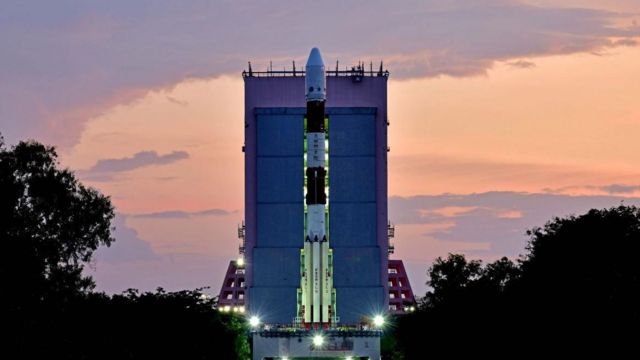The Indian apparatus will take four months to reach its destination. A week after becoming the first country in the world to successfully land a lunar descent module near the Moon’s South Pole, India has sent a new mission to the Sun. The Aditya-L1 space observatory, the first for India, was launched to study the closest star to us and to study the characteristics of space weather, such as solar wind. This is not the first mission to study the Sun – NASA and the European Space Agency (ESA) have sent orbiting spacecraft to do so before – but it has some unique features. What is Aditya-L1? Everything you need to know about this mission.
“Aditya is one of the names of the sun god in Sanskrit and Hindi. The spacecraft was launched on Saturday, September 2, at about noon local time – that is 6:30 a.m. GMT and 9:30 a.m. Moscow time. It was launched from India’s main spaceport on the island of Sriharikota, 100 km north of the city of Chennai in the southeast of the country. “The launch was successful, everything is fine,” the Indian Space Research Organization representative said from Mission Control as the spacecraft headed for the upper layers of Earth’s atmosphere. The ship will approach the sun at a safe distance. His destination is 1.5 million kilometers from Earth. This is almost four times the distance between the Earth and the Moon, but only one hundredth of the distance to the Sun, which is 151 million kilometers from the Earth. For comparison: NASA’s Parker spacecraft, which passed by Venus a week ago, will eventually fly 6.1 million kilometers from the sun’s surface. However, “Aditye-L1” will still take a considerable amount of time to reach its destination. “The total travel time from launch to L-1 (Lagrangian point) for Aditya-L1 will be approximately four months,” the Indian Space Research Organization (ISRO) announced on the social network X, formerly known as Twitter.
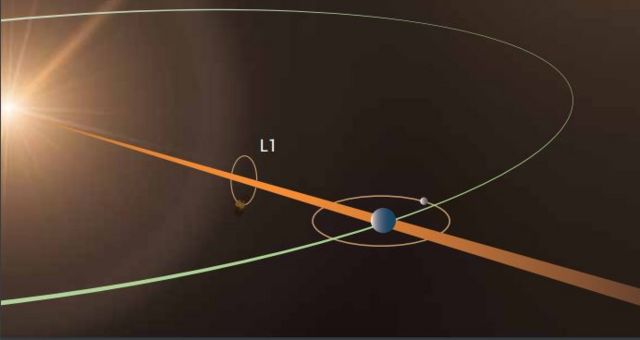
The device is expected to maintain a position from which it can observe the sun continuously and unobstructed. But was it worth the effort if the sun was still far away? The L1 designation in the observatory’s name refers to the Lagrange point – a location in space where the gravitational forces of two large bodies, such as the Sun and Earth, cancel each other out, creating a region of equilibrium. Your spacecraft can use it to reduce fuel consumption. These points are named after Joseph-Louis Lagrange, a French mathematician who first studied them in the 18th century. The Indian spacecraft will carry a total of seven useful cargo items (instruments). Its mission is to observe the outer layers of the Sun, known as the photosphere and chromosphere, using instruments such as electromagnetic radiation detectors and particle detectors.
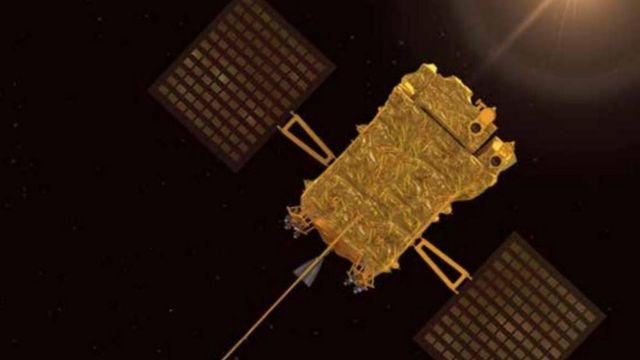
This is what the device will look like when it starts. He will also study the factors that affect space weather: in particular, he will try to better understand the dynamics of the solar wind, which causes not only the beautiful aurora and borealis on Earth, but also electromagnetic disturbances. Once in orbit, the observatory will have a continuous and unobstructed view of the Sun. “This will give it an advantage of observing solar activity and its impact on space weather in real time mode,” – said ISRO. The observatory will also be able to observe solar radiation that cannot be studied from Earth because it is filtered by the atmosphere.
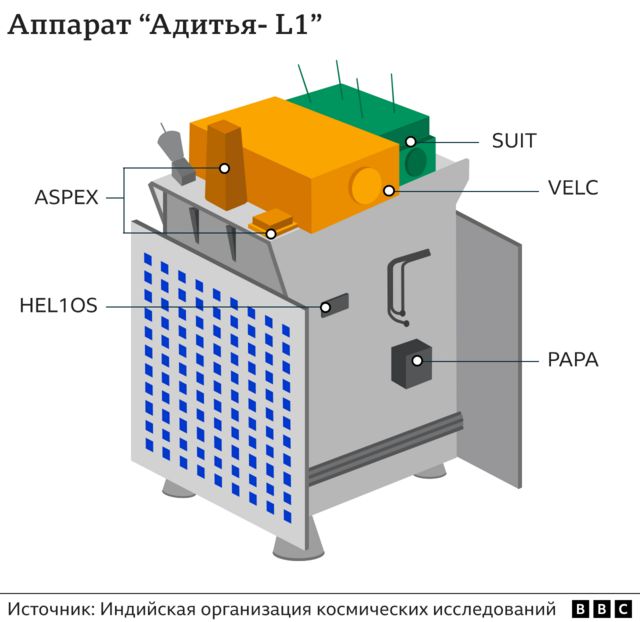
Four of the seven useful payloads will directly observe the Sun with their unique observational perspective, while the remaining three will conduct particle and field research at Lagrange point L1, providing vital information on solar dynamics and its influence in interplanetary space. ISRO hopes that the data collected by the mission will help us learn more about such features of solar activity as the heating of the Sun’s corona (its upper, hottest layer), coronal mass ejections, solar flares, and the dynamics of space weather. When the Indian government approved the project in 2019, it was estimated to cost about $46 million.
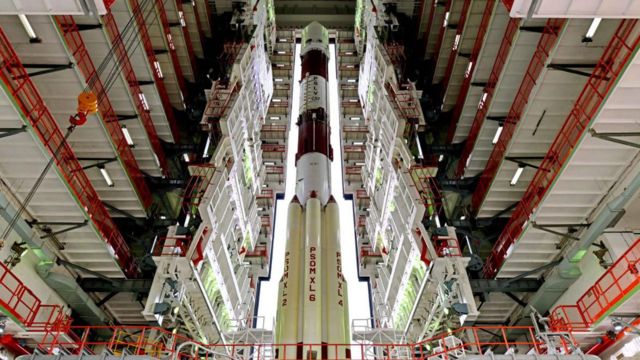
India is planning several deep space missions, including one to Venus. We explain quickly, simply, and clearly what happened, why it matters, and what happens next. Episodes The end of the story: Advertising Podcasts. The Indian Space Agency has not yet released detailed information on the actual cost. The device is designed to stay in space for more than five years. ISRO prefers to send less powerful rockets into space and use gravity for further mission travel. This method means that it takes more time to reach destinations such as the Moon and Mars, but the cost of launch is lower compared to using heavy rockets. This has allowed the Indian Space Agency, which operates on a relatively limited budget, to achieve significant successes in the recent past. The unmanned Chandrayaan-3 spacecraft (Sanskrit for “lunar ship”) landed on the lunar surface last week, making India the fourth country after the United States, Russia and China to successfully land on the moon. In 2014, India became the first Asian country to launch a spacecraft into orbit around Mars. And the following year, it plans to launch a three-day manned mission into Earth’s orbit.

